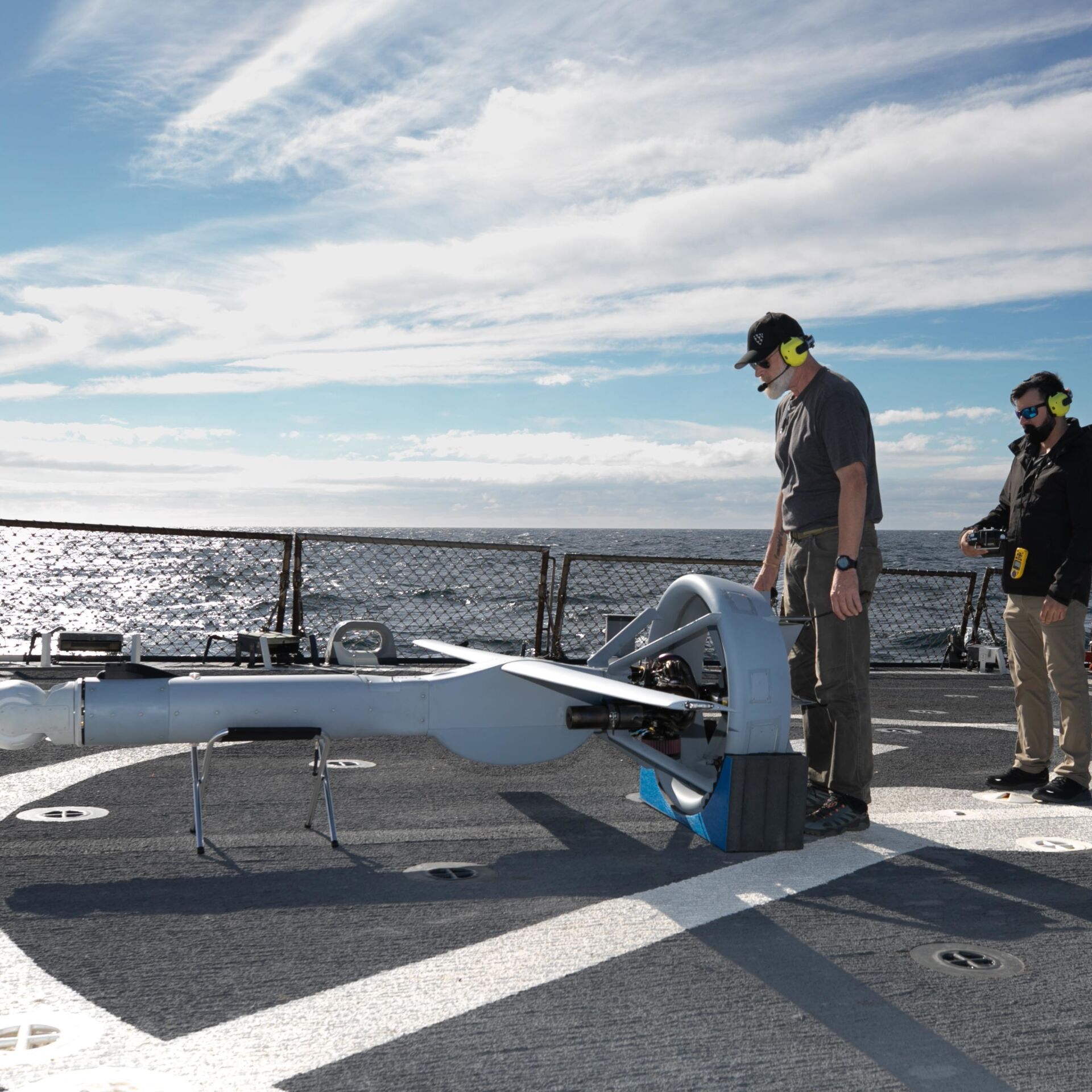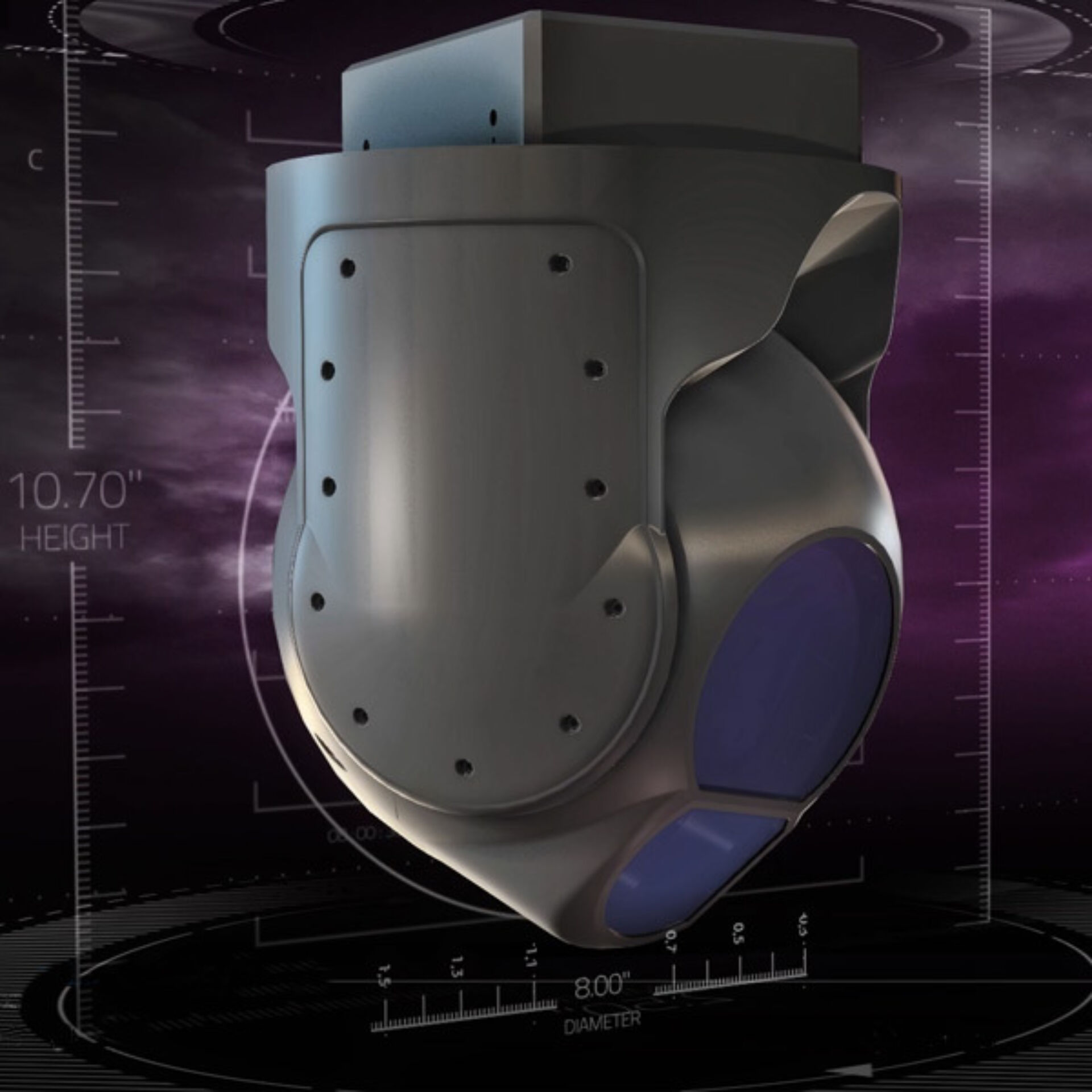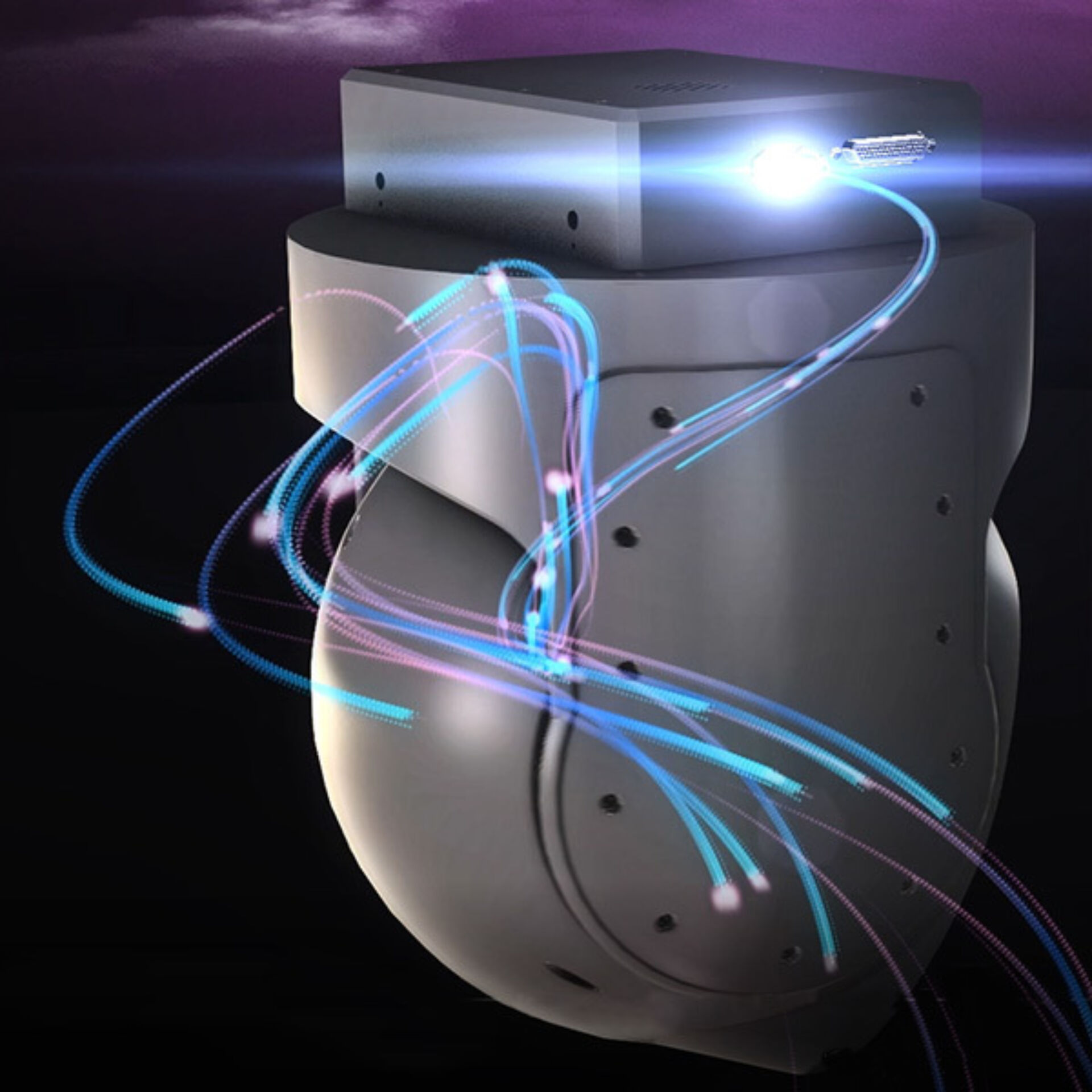SWaP
SWaP optimization is critical for improving the mobility and effectiveness of soldiers and/or emergency response teams, reducing the logistical burden of equipment, and increasing operational performance.
With manned and unmanned aircraft systems (UAS) having varying requirements for their applications, Trillium camera systems have been engineered to have the lowest size, weight, and power (SWaP) for their capability. Our engineers balance the need for robust performance with the constraints of limited space, weight, and power resources. By reducing the SWaP, our imaging systems can be used in smaller, lighter, and more cost-effective platforms, making them ideal for a wide range of applications in the military, commercial and civil sectors. In addition, low SWaP gimbal systems provide more efficient use of resources, which can reduce overall system costs and improve reliability.
In April 2022, a record endurance flight was accomplished by the Lockheed Stalker VXE, with the Trillium HD40 onboard. The 39 hour, 17 minutes, and 7 second flight was a record in the Group 2 unmanned aerial system cateogry (5 to 25 kilogram or 11 to 55 pounds).
The HD25 is just 2.5 inches and packs more performance than it's larger competitors. It's this innovation that launched Trillium, and the same engineering that continues to optimize SWaP for future products.


Designed for the UAV market Trillium started its innovation with the HD25 as a micro package. By pushing the envelope with size and weight, Trillium leveraged the design and technology to scale to its larger systems. This provides the end user with the best mix of imaging power, balanced with compact design and robustness.

Power use is always a concern with airframes, especially smaller systems. Trillium’s low power demands on systems allows end users to incorporate additional accessories required to produce a successful mission. With average power consumption raging between 10-35W based on gimbal type, Trillium units leave bandwidth available for other application needs.